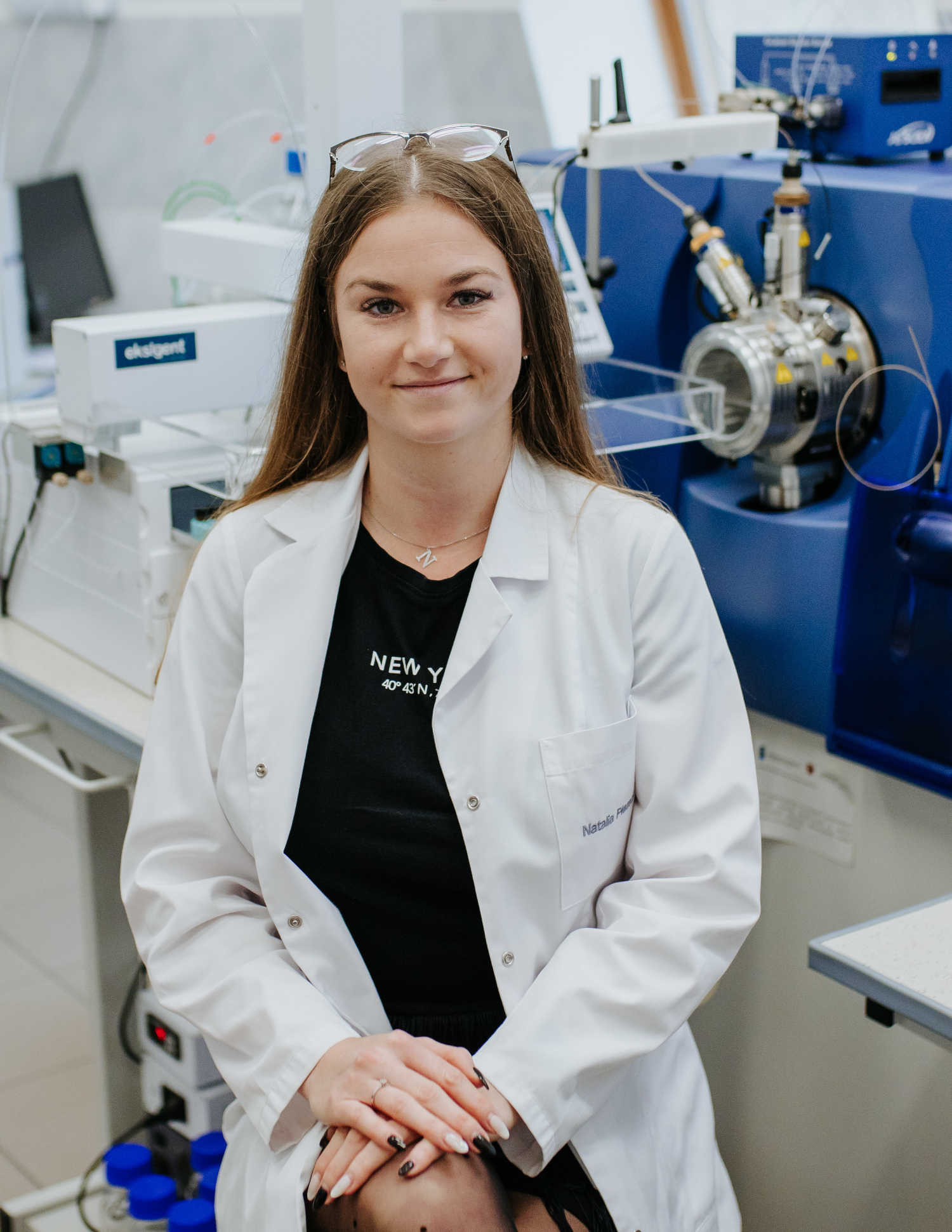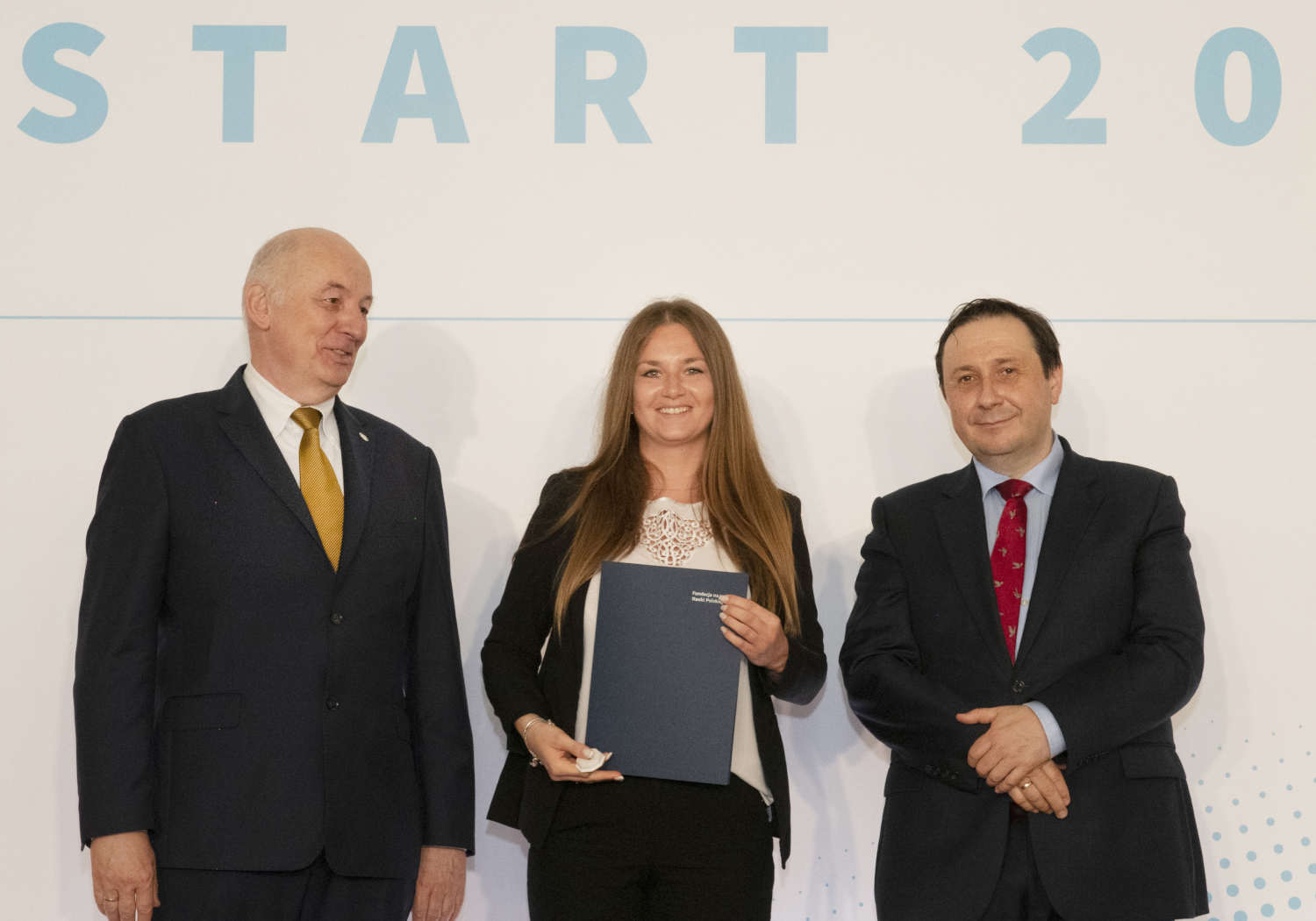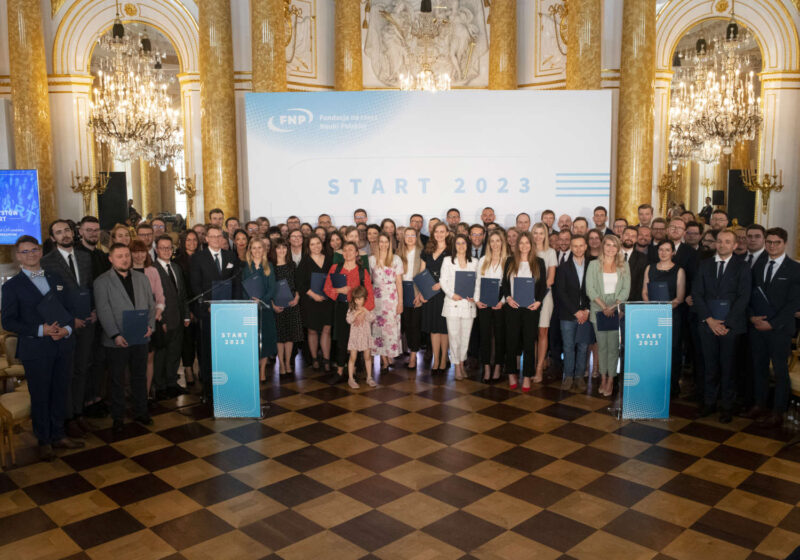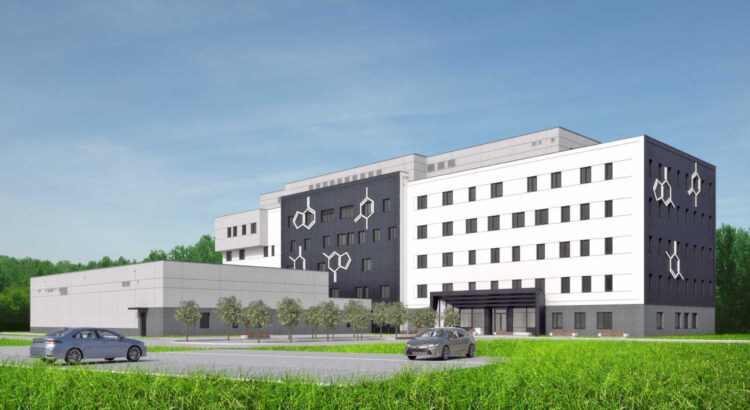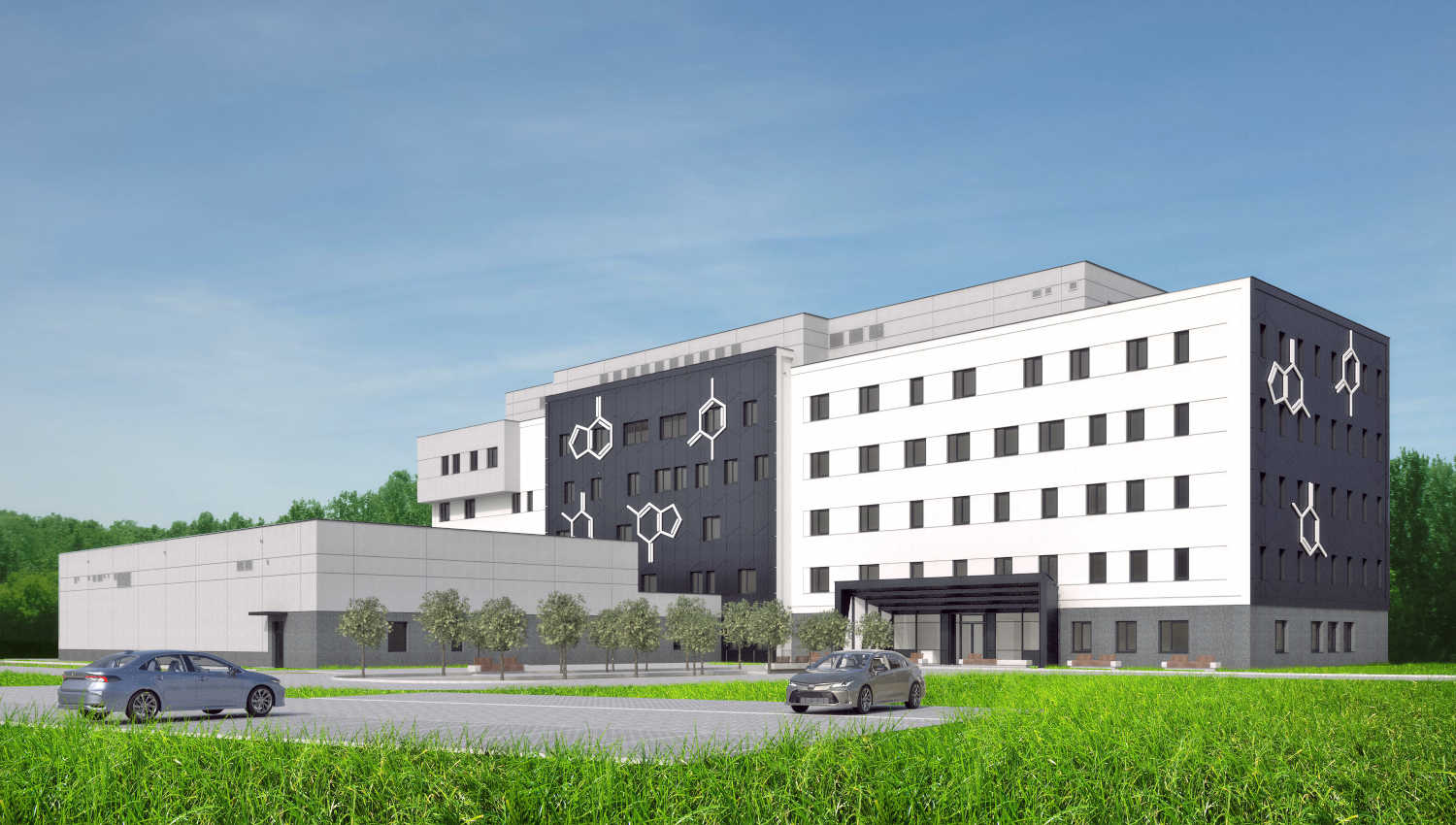International Celiac Disease Day is celebrated on May 16 in all countries belonging to the AOECS. Established in 2006, it draws attention to gluten-dependent diseases and the challenges faced by consumers following a gluten-free diet, but also by food producers, for whom the market has growing expectations. Dr. Urszula Krupa-Kozak from the Department of Chemistry and Biodynamics of Food, talks about celiac disease and the relevant research being conducted at our Institute.
Many people who consume grain products report distressing symptoms, worsening health and reduced quality of life. Gluten, which is a complex of wheat reserve proteins (gliadin and glutein) and the homologous proteins of rye (secalin) and barley (hordein), can cause the development of gluten-dependent diseases, which include celiac disease, Dühring syndrome, gluten ataxia, wheat allergy and non-celiac gluten hypersensitivity. Celiac disease (a.k.a. visceral disease, gluten-dependent enteropathy) is an autoimmune disease that occurs in genetically predisposed individuals, caused by persistent gluten intolerance. The disease is characterized by a varied clinical picture, the presence of specific serum antibodies and haplotype (group of genes inherited from one parent – ed.) HLADQ2 or HLA-DQ8, and enteropathy (pathological changes – ed.) in the small intestine. The disease leads to damage to the intestinal mucosa, followed by atrophy of the intestinal villi, whose function is to absorb nutrients.
Diagnosis
Gluten-dependent diseases can manifest themselves with different symptoms, which can additionally vary in severity. Classic celiac disease (full-blown) is characterized by symptoms of malnutrition, abdominal pain, weight loss; it is accompanied by diarrhea, bloating, and in children, personality changes and developmental disorders. This form of the disease is relatively rare, and is diagnosed relatively quickly due to its characteristic symptoms. Much more often, however, patients with celiac disease have extraintestinal symptoms (anemia, chronic fatigue, aphthas, neurological disorders, bone and joint pain, premature osteoporosis, fertility problem), which should draw the attention not only of gastroenterologists, but also of endocrinologists, gynecologists, hematologists, rheumatologists or neurologists. Non-celiac gluten hypersensitivity (NCGS) is characterized by symptoms similar to celiac disease and irritable bowel syndrome, with which it can be confused. The condition mainly affects adults and is characterized by symptoms beyond the gastrointestinal tract.
People who observe alarming symptoms in themselves after consuming gluten-containing products and suspect the development of gluten-related diseases should consult their GP. The doctor, based on the medical history, will order a consultation with a specialist – a gastroenterologist in a justified case. The specialist in the next step will order the determination of celiac disease-specific antibodies (tTG and EmA), the presence of which in the blood serum indicates the disease, but does not always mean changes in the small intestine, authorizing its diagnosis. Therefore, for a complete diagnosis of celiac disease, biopsy and histopathological evaluation of small intestine sections, which are the gold standard for diagnosis in adults, are necessary. In the case of NCGS, diagnosis relies on the exclusion of other gluten-dependent diseases (celiac disease and wheat allergy), as there are no specific markers to detect this type of hypersensitivity.
What’s next?
For gluten-dependent diseases, the basic and common form of therapy is to exclude gluten from the diet. The differences, however, are that in the case of celiac disease, a gluten-free diet must already be followed rigorously and for life, while in the case of allergies and NCGS, the diet can be followed temporarily.
A gluten-free diet involves eliminating foods made from grains, i.e. wheat (including spelt, flatbread, semolina), barley, rye and uncertified oats. Commercially, gluten-free products are marked with a crossed ear sign. However, unlabeled products can be a problem, especially those in which gluten is not expected such as cured meats, sauces, spice blends, dressings, yogurts or gum, and even some medicines that may have been contaminated with this protein in the manufacturing process.
In the initial stages of treatment, right after diagnosis, the support of a qualified nutritionist is very important and helpful in properly balancing a gluten-free diet. However, once you become familiar and „accustomed” to its principles, following the diet in your own home becomes a habit. Meals away from home, in restaurants, at school/preschool or while traveling can be a problem. That’s why it’s a good idea to ensure your safety by planning your meals well, choosing only reliable restaurants and catering companies. Although products with the crossed-thorn mark are now available for purchase, it is advisable to prepare a set of tried-and-true gluten-free products for trips, consisting, for example, of bread, cookies, nuts and fruit. It’s also a good idea to be mindful of your diet when traveling by air and to book a gluten-free meal in advance.
Trendy „gluten-free”
Without consulting a gastroenterologist and without a definitive diagnosis, you should not switch to a gluten-free diet on your own. This will make it more difficult and prolong the time for a proper diagnosis because when we eliminate gluten from the diet, the body will not be in contact with this factor and will stop producing characteristic antibodies, so that the results of serological tests will be inaccurate or falsely negative.
Flaxseed cake as an opportunity to improve gluten-free products
Recent research conducted by scientists at the Institute of Animal Reproduction and Food Research, in cooperation with the West Pomeranian University of Technology, has focused on improving the quality and enrichment of gluten-free baked goods with nutrients and bioactive ingredients derived from flaxseed cake, the pomace from linseed oil production. Compared to conventional bread, a common disadvantage of commercially available gluten-free baked goods is poor quality due to inferior taste, unsatisfactory texture and reduced nutritional value and short shelf life. The need to improve the quality of baked goods led researchers to study the nutritional and functional potential of flaxseed cake, which has been shown to be a good source of minerals and antioxidants. In addition, along with flaxseed cake, proteins and polysaccharides are introduced into bread recipes, which have a beneficial effect on the technological properties of bread, giving it the desired cohesiveness, porosity, colour and even aroma. The research conducted by the teams from Olsztyn and Szczecin is important from the point of view of consumers on a gluten-free diet, who have the right to expect that the quality of gluten-free products available commercially will be similar to conventional products. In reality, however, this is not easy to achieve and poses a great challenge for food technologists and producers.
Read more
